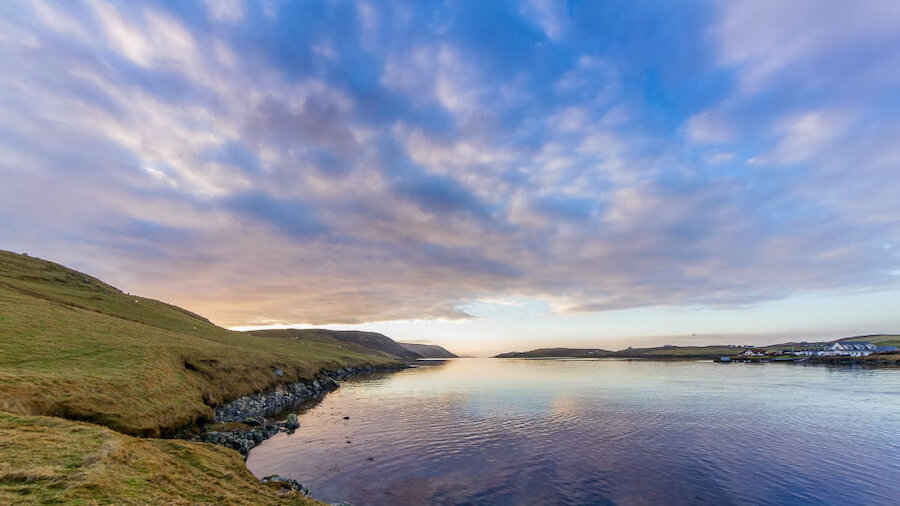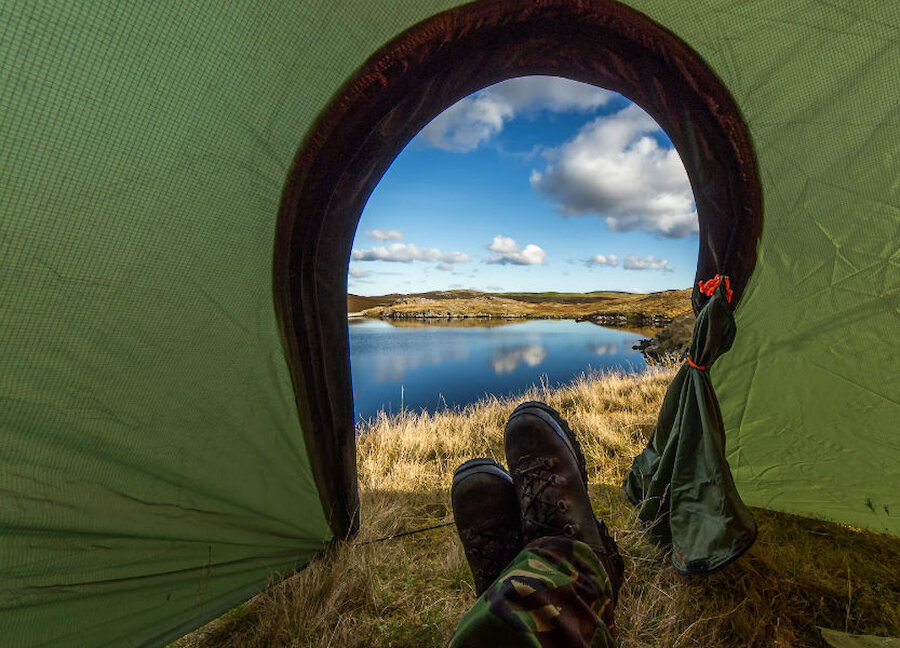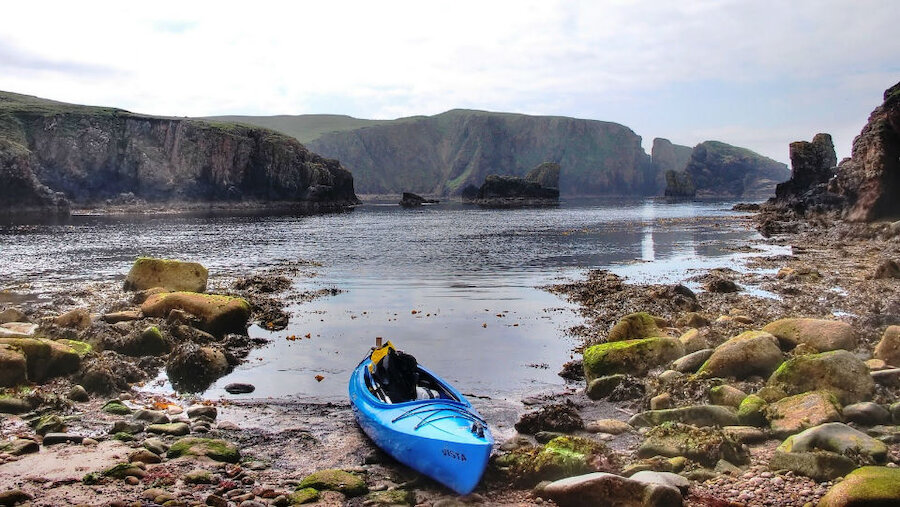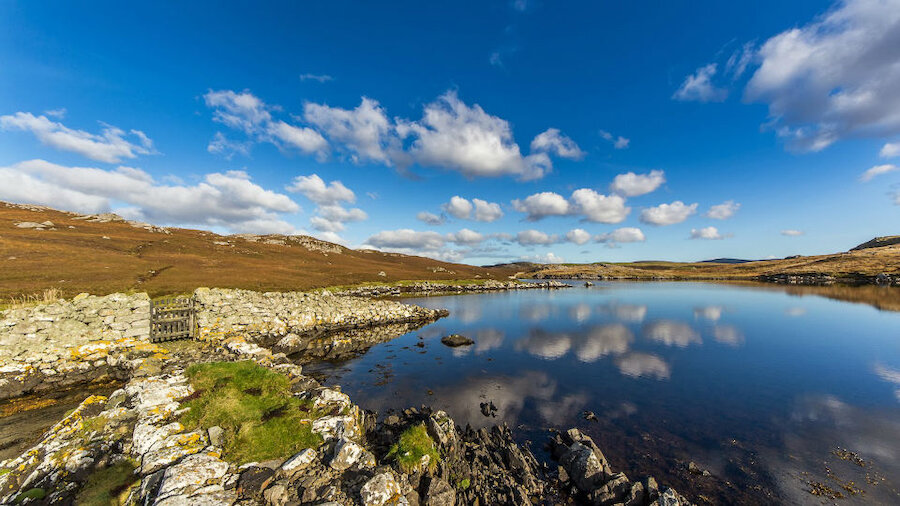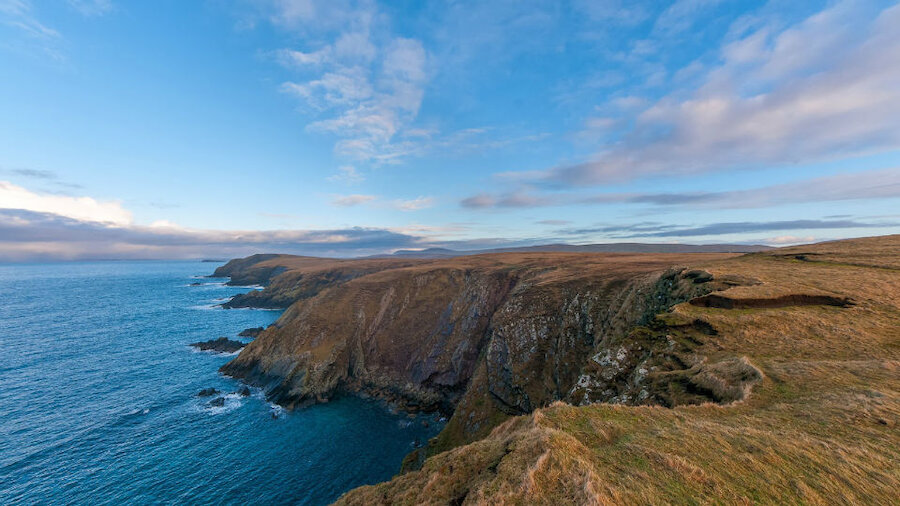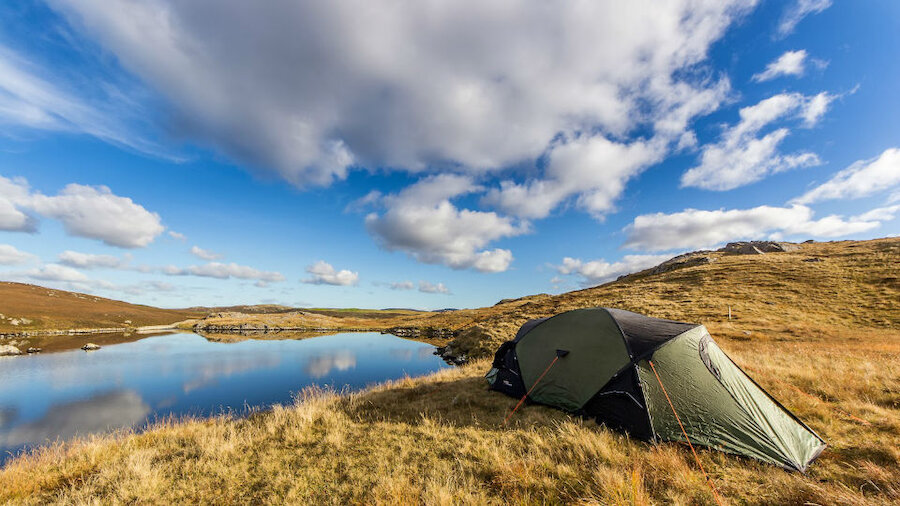For my own grown up adventures with friends time is usually split between sailing with my friend on his yacht Märta and longer walks to more remote locations like Uyea, Da Lang Ayre and the Muckle Roe coast. I also enjoy kayaking around some of the coves and caves on calm days. And it's a rare day when my trusty camera doesn't join me on my ventures.
In Scotland, under the Land Reform Act 2003, you have what is commonly known as a right to roam. This isn't strictly true as there are limitations to where you can go, but in effect most of the hills and coast are yours to explore and your rights and responsibilities are explained in the Scottish Outdoor Access Code. Some simple tips from the code are to avoid people's houses, gardens, farmyards and work places; don't walk through crops; use stiles and gates; keep dogs under close control; and generally respect the countryside, its wildlife and its people.
When setting off on your own outdoor adventure, a lot of what you need to consider is common sense. A good pair of waterproof boots or supportive wellies will pay you dividends, as will robust waterproof clothing. Make sure you take adequate food and water for your activity and it's always a good idea to let someone know roughly where you are going and when you intend to be back. I'll often leave a note in my car, particularly when camping, so that no one living locally worries unnecessarily about my return.
One of the beauties of Shetland is its often unspoilt character. With relatively low visitor numbers accessing the hills, paths are still often little more than sheep tracks as opposed to the constructed paths you may find elsewhere in the UK, so a basic level of navigational skill can be useful, though most popular paths are waymarked. With open access there is often no need to stick exactly to the path, so if a view takes your interest you can explore – just take care near cliffs as they can be unstable and grassy banks and rocks are often slippy.
